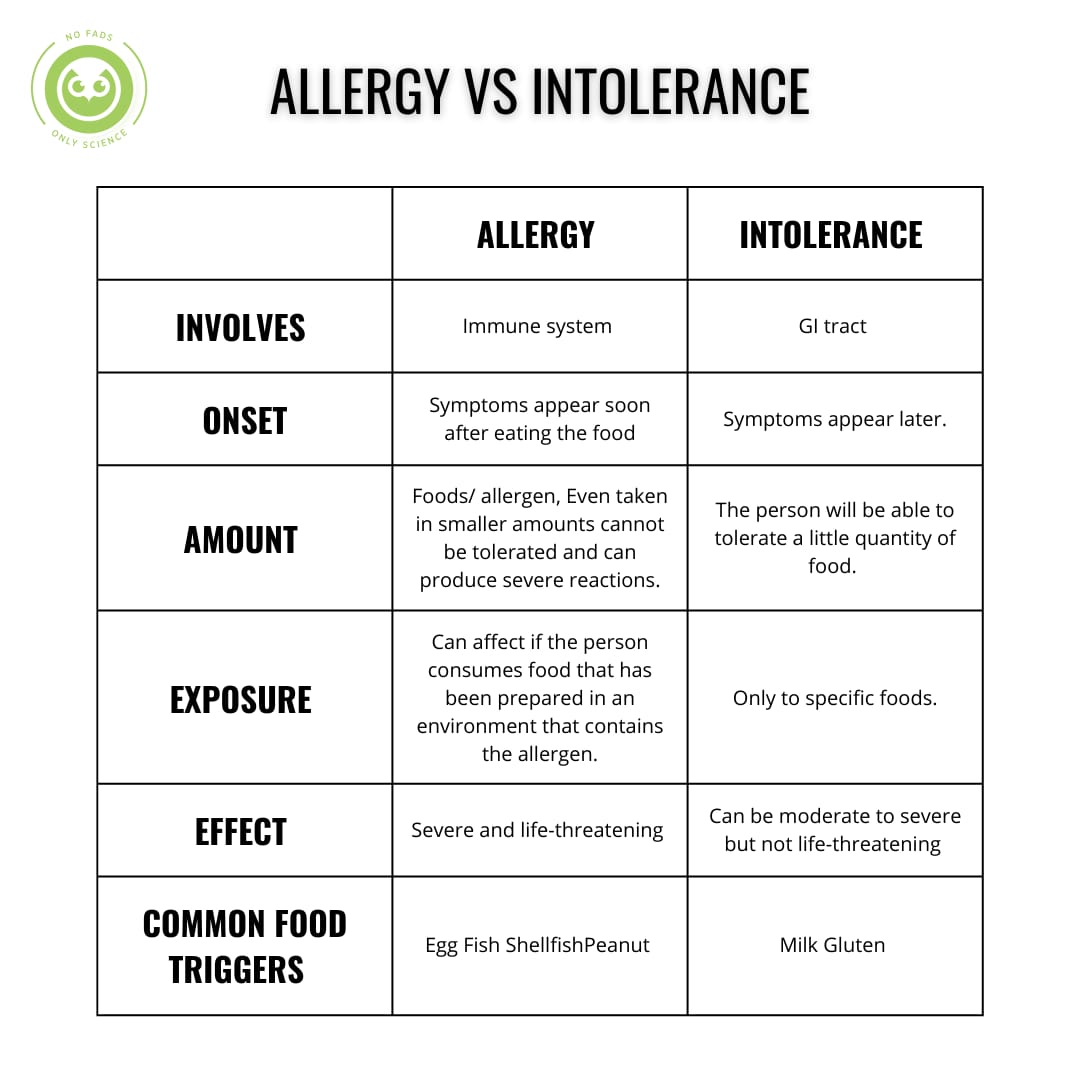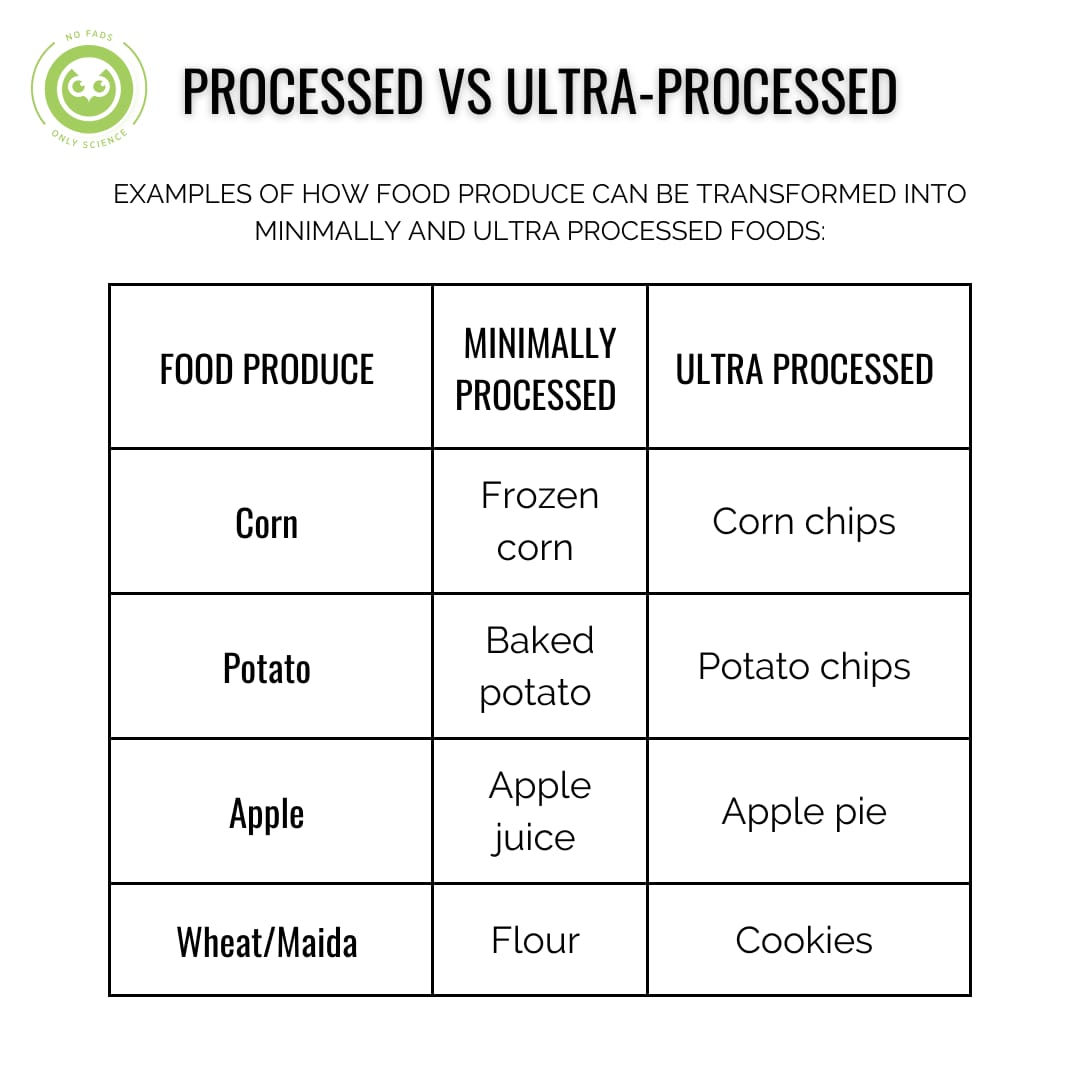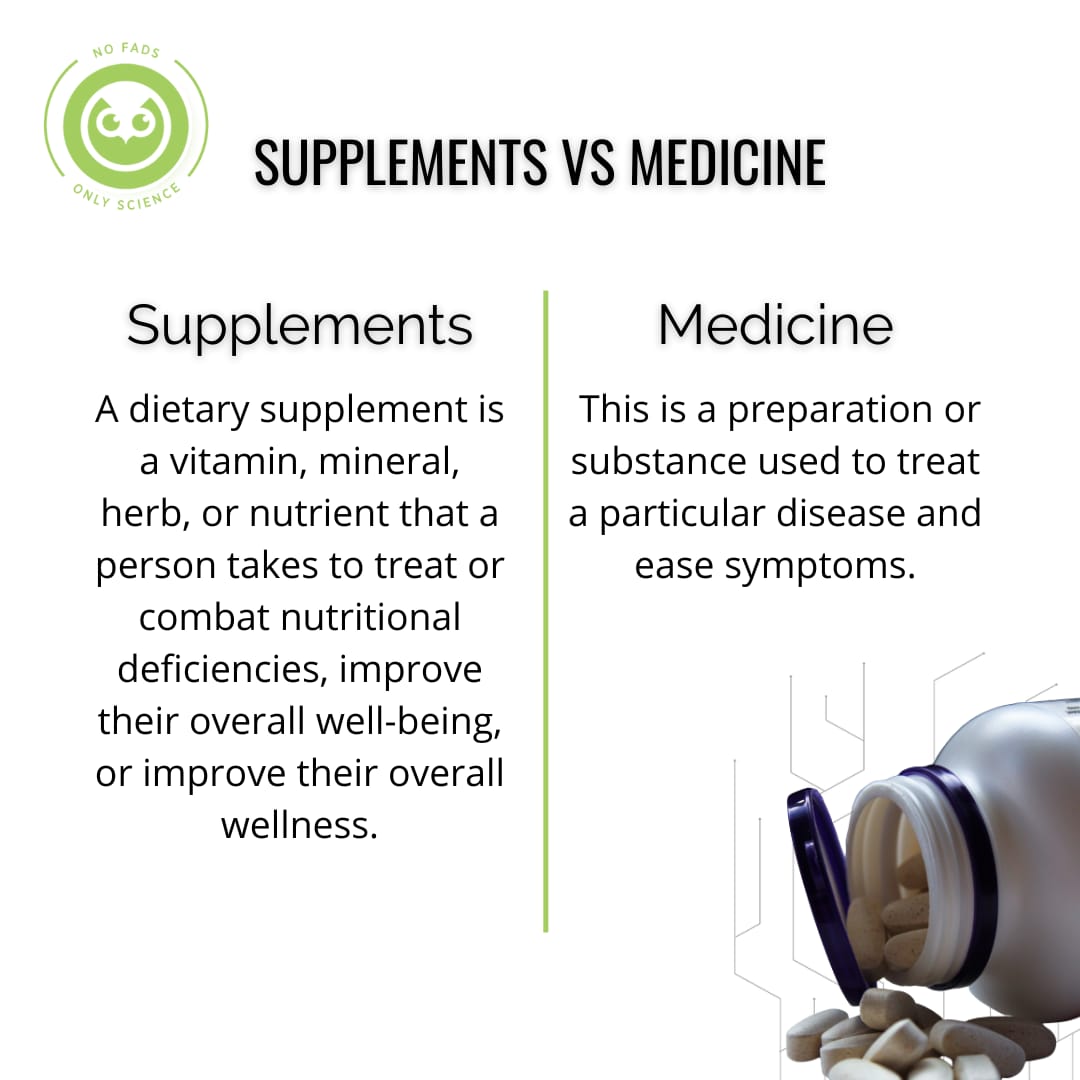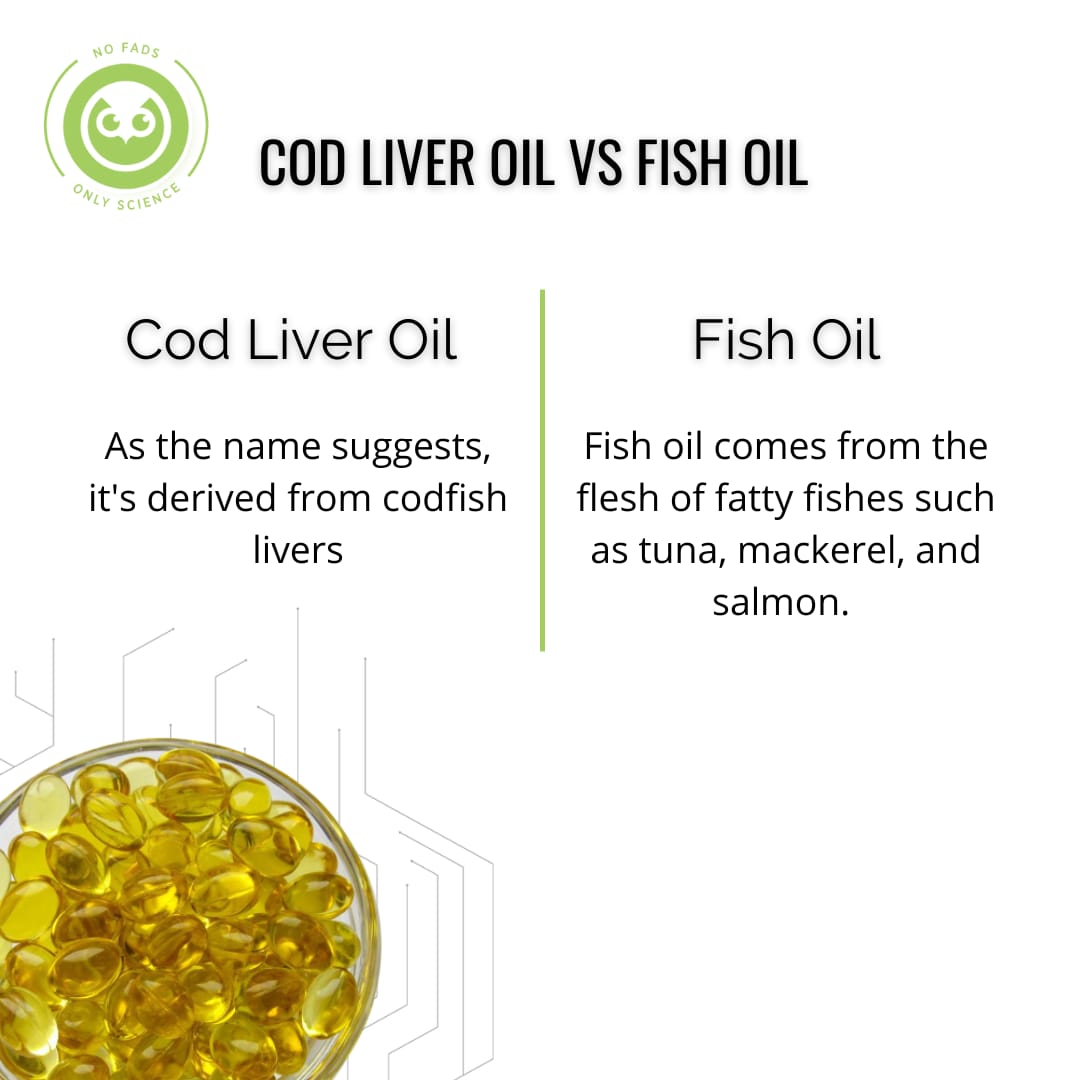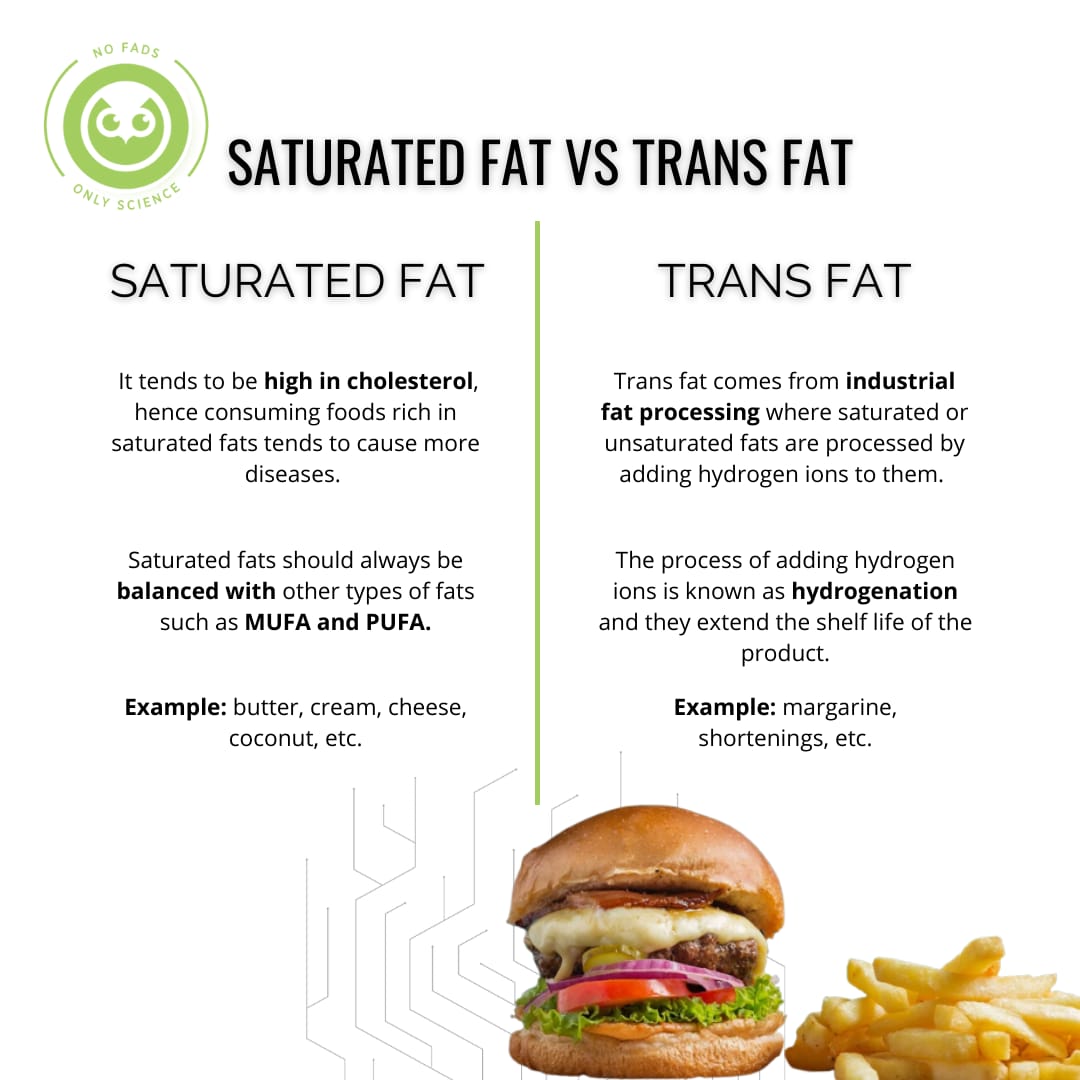IMPORTANCE OF BONE HEALTH
Bone health refers to the strength and density of bones, which can be affected by factors such as diet, physical activity, and hormonal changes. As we age, our bones naturally lose density and become more fragile, making them more susceptible to fractures. It is important to focus on bone health as we age to reduce the risk of bone fractures and osteoporosis, a condition in which the bones become so weak that they can break from a minor fall or even from everyday activities.
An evidence-based approach to maintaining bone health includes:
- Weight-bearing and resistance exercises
- Adequate intake of calcium and vitamin D
- Avoiding smoking and excessive alcohol consumption
- Medications such as bisphosphonates and Denosumab are for those at high risk or with established osteoporosis.
It is also important to have regular bone density screenings, especially for those who are at high risk for osteoporosis, such as postmenopausal women and older men.
ROLE OF DIET FOR BONE HEALTH
Diet plays a crucial role in maintaining bone health. Adequate intake of certain nutrients, such as calcium and vitamin D, is essential for maintaining bone density and reducing the risk of osteoporosis.
Calcium is the most abundant mineral in the body and is a key component of bone. Likewise, Vitamin D is also necessary for the body to absorb and use calcium. The recommended daily intake of vitamin D for adults is 600-800 IU/day. Good dietary sources of vitamin D include fatty fish, fortified dairy products, and eggs. Sunlight is also a natural source of vitamin D, but it is important to be aware that excessive sun exposure can increase the risk of skin cancer.
Research has shown that a diet that is high in protein, potassium, magnesium, and vitamin K2 also helps to maintain bone health. While a diet that is high in processed foods, added sugars, and sodium can negatively impact bone health. Excessive alcohol consumption and smoking also hurt bone health.
Overall, an evidence-based approach to maintaining bone health through diet includes:
- Adequate intake of calcium and vitamin D
- Consuming a diet that is rich in fruits, vegetables, and lean protein
- Limiting processed foods, added sugars, and sodium
- Avoiding smoking and excessive alcohol consumption
SIGNIFICANCE OF CALCIUM:
Calcium supplements are often recommended for individuals who do not consume enough calcium in their diet or those at high risk for osteoporosis. However, it is important to note that the best source of calcium is through diet.
The recommended daily intake of calcium for adults is 1000-1200 mg/day for men and women up to age 50, and 1200-1500 mg/day for women over 50 and men over 70. Good dietary sources of calcium include dairy products, leafy green vegetables, and fortified foods such as cereal and orange juice.
Supplementing with calcium can be beneficial for some people, but it’s not always necessary. It is important to consult with a healthcare professional to determine if calcium supplements are appropriate for you and to assess the optimal dosage.
Calcium supplementation is effective in increasing bone density and reducing the risk of fractures in older adults, especially in those with low dietary calcium intake, however, excessive calcium intake can lead to health issues such as kidney stones and cardiovascular disease.
SIGNIFICANCE OF VITAMIN D:
It’s also worth noting that calcium alone is not enough to maintain optimal bone health, vitamin D is also necessary for the body to absorb and use calcium, so it’s important to have an adequate intake of both nutrients.
In summary, while calcium supplementation can be beneficial for some individuals, it’s important to first aim to get enough calcium through diet and to consult with a healthcare professional to determine if supplements are necessary. It’s also important to ensure adequate intake of vitamin D and other bone-supportive nutrients, as well as engage in regular physical activity and avoid smoking and excessive alcohol consumption.
ROLE OF PHYSICAL ACTIVITY IN BONE HEALTH
Physical activity plays a crucial role in maintaining bone health. Weight-bearing and resistance exercises can help to increase bone density and reduce the risk of osteoporosis.
Weight-bearing exercises, such as walking, running, stair climbing, and dancing, put stress on the bones and stimulate bone growth. Resistance exercises, such as weightlifting and resistance band exercises, also put stress on the bones and can increase muscle strength, which can help to reduce the risk of falls and fractures.
Aerobic exercises, such as cycling and swimming, are not weight-bearing, but they have other health benefits such as cardiovascular health, balance, and flexibility.
There is a significant amount of research that supports the benefits of physical activity on bone health. A meta-analysis of over 100 studies found that physical activity is associated with increased bone density in both children and adults. Another study found that regular weight-bearing exercise can reduce the risk of osteoporotic fractures in postmenopausal women.
Physical activity is also beneficial for maintaining balance and coordination, which can help to reduce the risk of falls and fractures in older adults. It is important to note that the amount and type of physical activity needed to maintain bone health can vary depending on an individual’s age, sex, and baseline bone density. It is best to consult with a healthcare professional to determine an appropriate exercise program that is tailored to your needs. Overall, regular physical activity, including weight-bearing and resistance exercises, plays a crucial role in maintaining bone health and reducing the risk of osteoporosis.
INTERESTING FACTS RELATED TO DIET AND BONE HEALTH
Here are a few interesting facts on how milk is not the richest source of calcium-
- Leafy green vegetables: Spinach, kale, and collard greens are all excellent sources of calcium, with one cup of cooked spinach providing about 245 mg of calcium, which is more than a cup of milk (240 mg).
- Fortified foods: Many non-dairy foods are fortified with calcium, such as fortified orange juice, cereal, and plant-based milk alternatives.
- Nuts and seeds: Almonds and sesame seeds are both good sources of calcium, with a quarter cup of almonds providing about 75 mg of calcium and 2 tablespoons of sesame seeds providing about 130 mg of calcium.
- Fish with bones: Sardines and salmon with bones are also rich in calcium, with a 3-ounce serving of canned sardines providing about 325 mg of calcium and a 3-ounce serving of canned pink salmon with bones providing about 181 mg of calcium.
- Legumes: Some legumes, such as navy beans, black-eyed peas, and soybeans, are also good sources of calcium. A cup of cooked navy beans provides about 126 mg of calcium.
MYTHS AROUND DIET AND BONE HEALTH MAINTENANCE –
There are many nutrition myths when it comes to bone health. Here are a few examples:
- High-protein diets leach calcium from bones: There is no evidence to support the idea that a high-protein diet causes calcium to be leached from bones. A diet that is high in protein may be beneficial for bone health, as protein is necessary for the formation and maintenance of bone.
- Drinking milk will prevent osteoporosis: While milk and dairy products are good sources of calcium, they are not the only sources of calcium. Consuming a diet that includes a variety of calcium-rich foods, as well as other bone-supportive nutrients such as vitamin D and K2, is important for maintaining bone health.
- Only postmenopausal women need to worry about osteoporosis: Osteoporosis is a disease that can affect anyone, regardless of age or sex. While postmenopausal women are at a higher risk, everyone needs to take steps to maintain bone health throughout their life.
- Supplements are better than food sources of calcium: Supplements can be beneficial for some individuals, but it’s important to first aim to get enough calcium through the diet. Food sources of calcium also provide other important nutrients that are beneficial for overall health.
- Eating too much salt can lead to osteoporosis: While a diet that is high in salt can lead to high blood pressure and other health problems, there is no evidence to support the idea that salt causes osteoporosis.
Conclusion:
In summary, by following an evidence-based approach that includes a healthy diet, regular physical activity, adequate intake of bone-supportive nutrients, and avoiding risk factors such as smoking and excessive alcohol consumption, you can reduce your risk of osteoporosis and maintain optimal bone health as you age.


